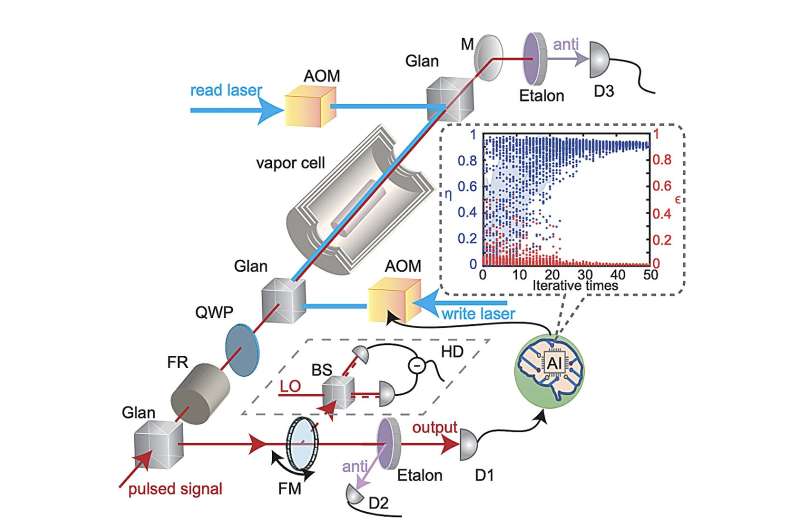A geoengineering startup, Stardust Solutions, has successfully raised $60 million to develop technology aimed at reducing global temperatures by dimming the Sun. This funding round, reported by Heatmap News, is noted as the largest for any company in the geoengineering sector, attracting investment from prominent figures in Silicon Valley as well as an established Italian industrial family.
The initiative comes in response to the escalating climate crisis. According to Yanai Yedvab, CEO of Stardust Solutions and a former physicist with the Israeli government, the concept of “solar radiation management” is merely a starting point in addressing global warming. He cautioned that while this technology could mitigate some effects, it will not eliminate extreme weather events. “We’re not preventing them altogether,” he stated in an interview.
Unlike many similar projects, which are often spearheaded by educational institutions or non-profits, Stardust Solutions operates as a private entity. This distinction highlights the growing interest and investment in innovative approaches to climate challenges. The company’s strategy involves releasing aerosol particles into the atmosphere, a method inspired by the cooling effects of significant volcanic eruptions observed in the past.
Yedvab expressed concerns about the use of sulfate aerosols, which are currently considered a “poor option” due to existing atmospheric contamination that complicates monitoring efforts. Instead, the company is focused on creating a novel particle that can be produced at scale and at a low cost, with safety comparable to common substances like flour. The startup is in the process of developing a proprietary particle and is seeking a patent for its technology.
Planned experiments are set to commence in April 2024, with controlled outdoor tests involving the release of particles from a modified aircraft at an altitude of approximately eleven miles. The venture has generated considerable skepticism, particularly regarding governance and ethical implications. Questions remain about who would have the authority to decide where and when these particles are deployed.
Critics have raised significant concerns about the potential risks associated with geoengineering. In California, city officials in Alameda halted an unannounced experiment by researchers from the University of Washington that planned to inject particles into the atmosphere for cloud-brightening. Similarly, researchers at Harvard suspended their atmospheric geoengineering experiments last year due to public backlash and logistical issues.
Prominent climate scientists have voiced their doubts about the feasibility of Stardust Solutions’ plans. David Keith, a professor at the University of Chicago, expressed skepticism about the possibility of developing a particle that outperforms sulfates, given decades of existing research. Gernot Wagner, a climate economist at Columbia Business School, echoed this sentiment, stating that the financial backing from venture capitalists may not lead to viable outcomes.
Despite the skepticism, Yedvab emphasized the need for responsible governance in any deployment of geoengineering technologies. “We will only participate in deployment, which will be done under adequate governance led by governments,” he affirmed. “When you’re dealing with such an issue, you should have very clear guiding principles.”
As the world grapples with the severe impacts of climate change, the developments at Stardust Solutions represent a controversial yet significant step in exploring technological solutions to global warming. The upcoming experiments could provide critical insights into the viability and safety of geoengineering approaches in the fight against climate change.







